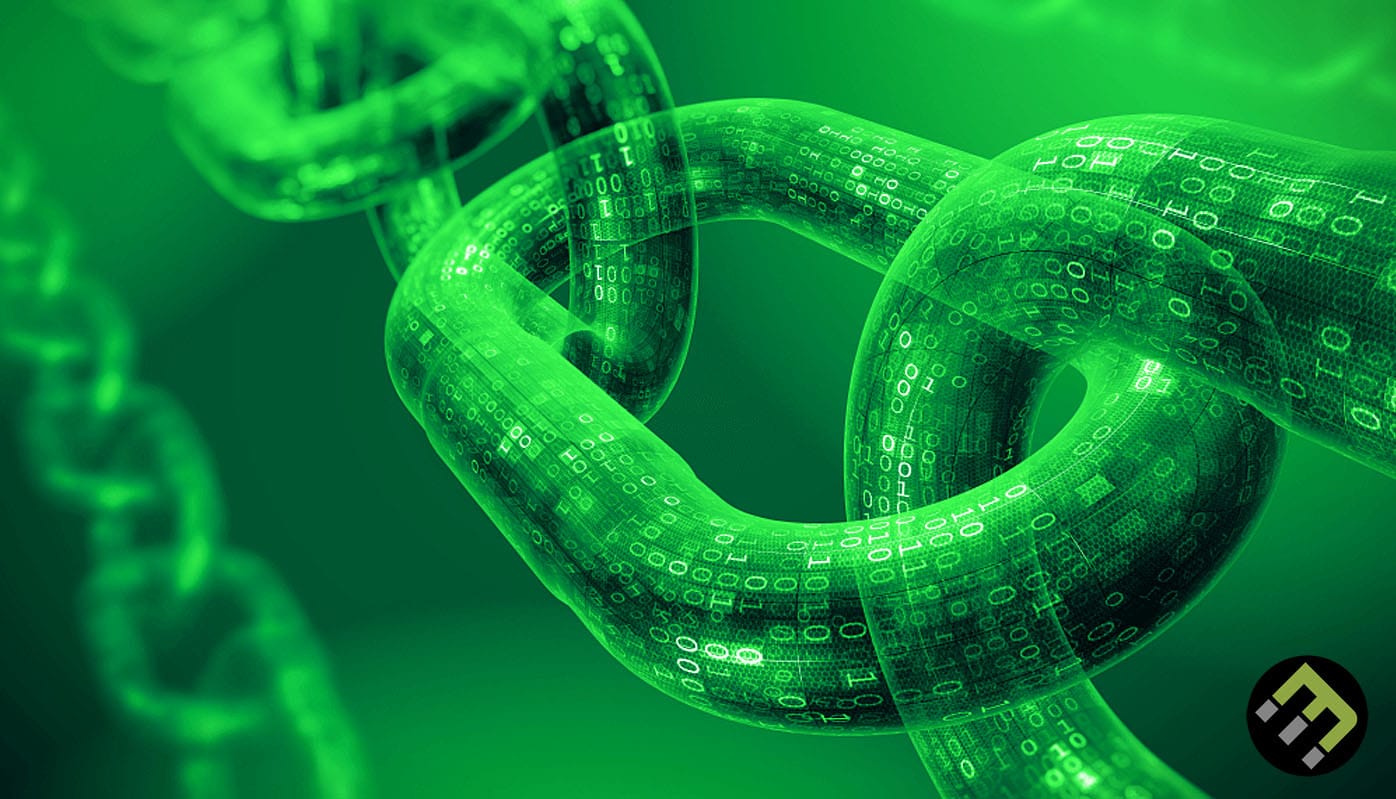Leveraging Blockchain for Disaster Risk Reduction: Insights from Peace Network's R&D Efforts

The frequency and severity of natural disasters have historically posed significant challenges to humanitarian aid systems, leading to thousands of deaths annually. In recent years, the impact of pandemics has overshadowed these numbers, underscoring the need for more effective response mechanisms. Blockchain technology, with its proven capabilities, offers innovative solutions to enhance disaster risk reduction and response efforts. The Peace Network, an organization at the forefront of integrating blockchain into humanitarian aid, is leveraging its R&D initiatives to develop cutting-edge solutions for disaster management.
Blockchain Technology: A Game-Changer for Disaster Risk Reduction
Blockchain technology has evolved beyond its initial use in cryptocurrency transactions to become a versatile tool with far-reaching applications. Its core features—decentralized ledgers, immutability, transparency, and secure data access—make it particularly well-suited for addressing the complexities of disaster management. The Peace Network's R&D team is exploring how these features can be harnessed to improve disaster preparedness, response, and recovery.

- Enhanced Coordination and Collaboration
Effective disaster response relies heavily on seamless coordination between various stakeholders, including government agencies, NGOs, local authorities, and volunteers. The Peace Network is developing a blockchain-based platform to facilitate this coordination. By providing a single, immutable source of truth, the platform ensures that all participants have access to real-time information, reducing the risk of miscommunication and improving the efficiency of aid delivery. For instance, blockchain can track the allocation and movement of resources, such as medical supplies and food, ensuring that they reach the intended recipients without delay.
- Improved Transparency and Accountability
Transparency is crucial in maintaining trust among donors, beneficiaries, and aid organizations. The Peace Network's blockchain solutions aim to address this by creating an auditable trail of all transactions and activities. This transparency helps prevent fraud and mismanagement of resources. For example, blockchain can be used to track donations from contributors through to the distribution of aid, providing a clear and verifiable record of how funds are utilized and ensuring that they reach those in need.
- Enhanced Data Accuracy and Security
Accurate data is vital for effective disaster response. Peace Network's blockchain solutions incorporate advanced encryption and decentralized storage to enhance data security and accuracy. This approach mitigates the risk of data manipulation and ensures that information remains reliable and up-to-date. The use of blockchain for data management can improve the tracking of real-time needs, streamline resource allocation, and support effective decision-making during crises.
- Optimized Resource Allocation
One of the significant challenges in disaster management is ensuring that resources are allocated efficiently. Peace Network's R&D team is working on blockchain-based systems to optimize the distribution of critical supplies, such as vaccines and medical equipment. By integrating blockchain with supply chain management, the organization aims to improve the visibility of resource flows and reduce delays. This system can help ensure that aid is directed to the areas with the highest need, thereby enhancing the overall effectiveness of disaster response efforts.

Real-World Applications and Case Studies
The Peace Network's R&D initiatives have already begun to yield practical applications and case studies demonstrating the potential of blockchain in disaster management. For example, the organization has implemented a blockchain-based system for tracking the distribution of emergency supplies in disaster-affected areas. This system has improved transparency and coordination among aid organizations, resulting in more efficient and timely delivery of resources.
Another notable application is the use of blockchain for volunteer management. The Peace Network's platform enables secure and transparent registration of volunteers, tracks their contributions, and provides rewards for their efforts. This approach not only enhances volunteer coordination but also recognizes and incentivizes the valuable contributions of individuals involved in disaster response.
Future Prospects and Innovations
As blockchain technology continues to advance, the Peace Network's R&D efforts are likely to drive further innovations in disaster risk reduction. The integration of blockchain with other disruptive technologies, such as artificial intelligence (AI) and the Internet of Things (IoT), holds promise for creating even more powerful solutions for disaster management. These synergies can lead to the development of intelligent systems capable of predicting and mitigating the impact of natural disasters and pandemics.

For example, combining blockchain with AI can enhance data analysis and prediction capabilities, enabling more accurate assessments of disaster risks and needs. Similarly, integrating blockchain with IoT devices can improve real-time monitoring and response efforts, providing critical information for timely interventions.
The Peace Network's R&D initiatives are at the forefront of leveraging blockchain technology to transform disaster risk reduction and response strategies. By focusing on improving coordination, transparency, data accuracy, and resource allocation, the organization is setting a new standard for how technology can enhance humanitarian aid. As blockchain technology continues to evolve, the Peace Network's work will serve as a model for other organizations seeking to harness its potential for addressing the challenges of disaster management. Through innovative solutions and real-world applications, the Peace Network is paving the way for a more resilient and effective approach to disaster response, ultimately contributing to the safety and well-being of communities around the world.

